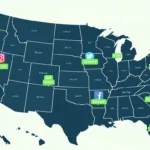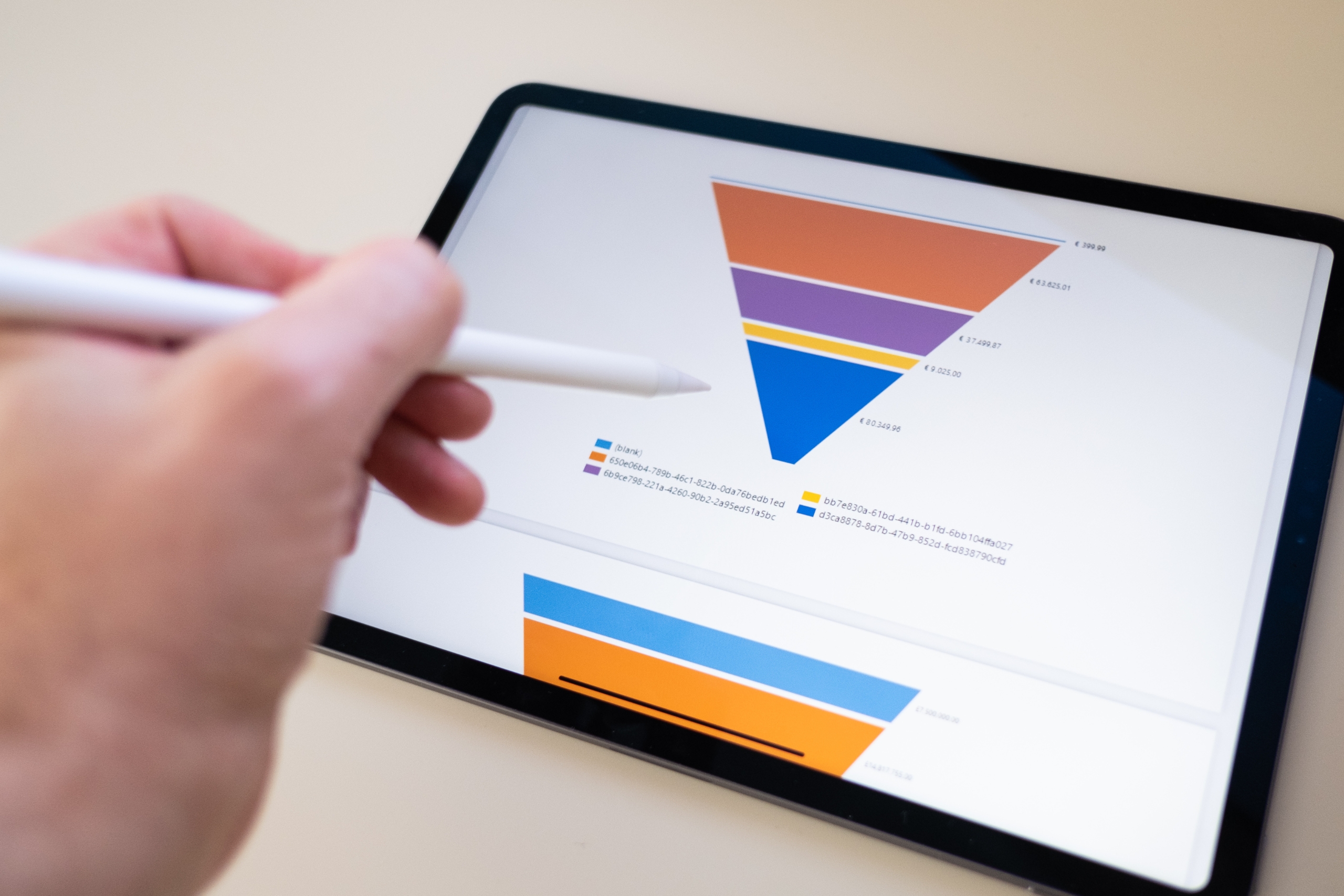Introduction
One of the most important jobs for any business or service is lead handling. Getting leads is only the beginning; turning them into loyal customers takes careful planning. Unfortunately, a lot of companies still handle leads by hand, using files, separate apps, or contact tools that aren’t linked to each other. This often causes delays, missed chances, and work that isn’t needed.
Automation is the answer for today. When firms use the right CRM systems, they can make processes that guide clients from the first time they connect with them to the time they buy. The speed gained doesn’t just save time; it also makes sure accuracy, raises reaction rates, and brings in more money. This piece talks about how automation works in lead management and how picking the right CRM tools for lead management can change how businesses grow.
Why Manual Lead Management Holds Agencies Back
On a small scale, tracking leads by hand might seem doable. A few contacts, a few emails, and some notes in a list might be enough to keep things going. But when a firm takes on more than one campaign, it’s easy to see where this method falls short.
People make mistakes when they do things by hand. It’s easy to lose track of leads, forget to follow up, and delay contact. It’s worse when more than one person on the team is involved, which puts prospects in a lot of different positions. Things that are done by hand are even worse because it’s hard to see trends or rate success. Lack of correct data makes it impossible for agencies to know what strategies work or which leads are most likely to become buyers.
People who are upset with this have to go to a competitor instead, the sales process takes longer, and chances are missed.
The Role of Automation in Lead Management
Automation changes things by getting rid of trash and making sure that every lead is always being worked on. People don’t have to think about running systems; they do it for them. This makes it possible to plan and repeat processes.
People who use automatic CRM methods get new leads right away. These leads are then put into groups based on where they came from or what they’re interested in, and they are sent to the right person. Prospects will hear from the service right away because emails, calls, and chat answers will be sent automatically. This shortens the time between becoming interested and getting in touch. The chances of conversion are much higher because of this quick response.
Automation helps businesses grow as well. The process stays the same and smooth whether a service has ten leads or ten thousand. Agencies make sure that all of their prospects have the same high-quality experience by standardizing how they talk to and follow up with prospects.
Capturing Leads Automatically
Getting leads is the first step in automating. Forms, landing pages, and tools that feed straight into channels are built into modern CRM systems. The method pulls leads into the database right away, so you don’t have to manually import lists from advertising platforms or social media campaigns.
For companies that run multiple ads on different channels, this real-time record is very important. The same CRM gets leads from websites, search efforts, and ads on social media sites. After that, they can be instantly tagged and put into groups, making sure they start out on the right care path.
Some platforms, like HubSpot, have built-in forms that can be used on websites. Other platforms, like Salesforce, connect straight to advertising platforms to get lead data right away. There is no chance of losing leads when switching from one system to another with either method. (Links to other sites: HubSpot, Salesforce)
Automating Follow-Ups
One of the best things about automating CRM is that it lets you follow up right away. It has been found that an agency’s response time to a lead affects how likely that lead is to become a client. When processes are run by hand, it’s easy for hours or even days to go by before follow-up happens. Automation makes sure it happens in minutes.
Let’s say a client fills out a form. An automatic email can be sent to thank them for their time. On the other hand, a text message could include a link to set up a meeting. The system can send another warning if there is no reaction within a certain amount of time. With this stacked method, you can make many connections without having to do much work by hand.
Systems like Freshworks CRM and Zoho CRM are known for having flexible processes that let businesses create these follow-up steps. Each exchange feels relevant and personal, which makes it more likely that people will connect. (Link to another site: Freshworks, Zoho)
Lead Scoring and Prioritization
Not every lead is the same. They need to be cared for for weeks or even months before they are ready to buy. With the help of CRM software, which grades leads based on how they act, agencies can decide which leads are most important.
Some clients get a high number because they read all of their emails, click on links, and go to classes. This means they are almost ready to make a choice. On the other hand, a lead that never deals with material could be put on a longer-term foster route. This score tells sales teams to focus on the most likely to buy leads and keep the less likely leads in the pool for when they have a better chance.
Strong lead score systems in platforms like HubSpot and Pipedrive help businesses be as efficient as possible while still being able to tailor how they connect with prospects. Pipedrive is the link that goes out.
Creating Personalized Journeys
A lot of companies worry that technology might make things feel too factory-like. On the other hand, modern CRM tools let you make deep personalizations while automating processes. By putting leads into groups based on their hobbies, behavior, or demographics, agencies can send messages that feel more personal than blanket ones.
For instance, an online marketing company might send leads who are interested in paid ads different messages than leads who are interested in SEO. The texts are all sent at the same time, but both groups get information that is useful to them. When you use both technology and tradition together, it strengthens ties and builds trust.
Salesforce and HubSpot are two of the best in this area. They both have advanced classification tools that let companies create highly personalized customer trips on a large scale.
Reporting and Optimization
The last step in automating is to check the findings. CRM tools not only do things for you, but they also keep track of how well they work. Within the app, agencies can see open rates, reaction times, conversion rates, and who is responsible for how much income.
Because everything is clear, it’s easy to see what’s working and what needs to be changed. With automated A/B testing, you can see how different patterns work, and screens let you see how things are going in real time. With this information, companies are always making changes to their strategies, which leads to higher ROI and better client engagement over time.
Freshworks and Zoho are both great at analytics, but Salesforce is the best because it offers enterprise-level reports that can be changed to fit the needs of any business. (Link to another site: Zoho, Freshworks, or Salesforce)
How Lead Management Will Change in the Future
Every year, technology gets better, and CRM platforms get smarter. More and more, AI is important because it helps platforms guess what leads will do, suggest activities, and even decide for themselves. Agents will soon not only have to respond to leads, but also have systems that know what clients want and give them choices before they even ask.
The people in charge of leads will be more bold and less reacting now that this has changed. They will be ready for the next wave of automation if they start using these tools right away. A lot of money is already being put into AI-powered features by tools like HubSpot and Salesforce. This shows where the industry is going.

Conclusion
One thing that helped companies grow in the past was lead management. But these days, old-fashioned ways just don’t work in today’s market. People who are interested want information quickly, situations that are tailored to their needs, and touch that makes them feel good. Someone who can do it faster and better might steal your business if a company can’t deliver.
To organize is the key. Businesses can get leads quickly, stay in touch with them well, and focus on the ones who are most likely to buy if they have the right crm tools lead management. With tools like HubSpot, Salesforce, Freshworks, and Zoho, this is simple and can be done on a big scale.
Businesses don’t have to do the same things when they buy new technology. They also have more time to plan and get to know their clients better. Planning how to deal with leads saves time, but that’s not all. And always making things good for people. In the long run, this will help your business stay open and build trust.











